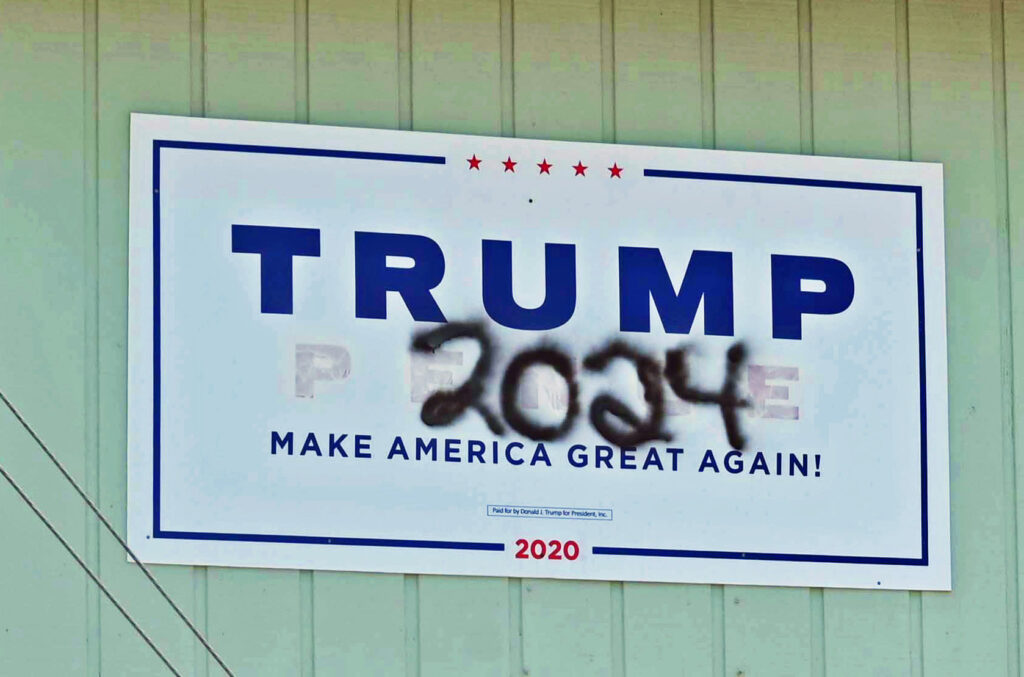Ask the Local Gentry, and They Will Say It’s Elementary

I’m sure that most folks have seen this:
“Those most enthralled with Donald Trump were not at the very bottom — the illiterate, the hungry,” she writes. Rather, Trump’s biggest fans could be found among “the elite of the left-behind,” meaning people “who were doing well within a region that was not.”
It’s an observation that cuts against the prevailing theory of Trumpism: that he is the tribune of the left-behind and impoverished white people suffering due to globalization. It is also one that is backed by hard data.
In 2020, three political scientists studied how location and income affected white voters’ voting decisions. They found that, on a national level, poorer white people were indeed more likely to vote for Trump than richer ones.
But when you factored in local conditions — the fact that your dollar can buy more in Biloxi than Boston — the relationship reverses. “Locally rich” white people, those who had higher incomes than others in their zip codes, were much more likely to support Trump than those who were locally poor. These people might make less money than a wealthy person in a big city, but were doing relatively well when compared to their neighbors.
I can’t remember who said this but if you want to know who’s powerful in a community you don’t watch the 5pm news, you pay attention to who’s paying for advertising on the outfield walls of the local Little League field. This certainly tracks with what I’ve gathered from driving around rural and exurban areas of Kentucky, Ohio, Pennsylvania, and Michigan; the biggest Trump signs are on the biggest houses, and (less often) on warehouses or billboards owned by significant local businesses. These local gentry play an outsized role in community social life, including donations that undergird local community organizations and local churches. They are networked together (car dealership to accounting firm to law firm to orthodontist to local retailer) and are used to working together for social, economic, and political purposes. This generates environmental cues for how the rest of the community votes; however we think about how the working class should think about conflict with the local petit bourgeoisie, it turns out that class vs. local vs. regional identities have always been in competition and the local gentry have enormous influence over electoral politics in their communities. The article has more about the ideological aspects of this; these elites take command of the sense of grievance these communities feel from relative economic decline and turn it into an ideological challenge to the broad social and economic forces that seem to be overtaking exurban and rural areas.
The other thing I’d say is that the antipathy of local commercial elites to the Democratic Party isn’t entirely manufactured; it’s not simply an artifact of the culture war or of false consciousness or some such. Small business owners are not a natural ally of the Democratic Party, something we should probably keep in mind when we mindlessly fetishize the “local.” Those tomatoes at your favorite restaurant may be local, but it’s very possible that the workers at both the farm and the restaurant are paying worse wages and worse benefits than the Olive Garden halfway down the block, and it’s just as possible that the farmer and the restauranteur donate heavily to a bevy of right wing causes. While plenty of small business owners can probably explain intellectually why certain taxes and regulations are necessary and proper, it’s also the case that taxes and regulatory changes tend to fall heavily on small businesses because while they may be big enough to generate sufficient profit to buy a large house on the edge of town, they’re not so big that they can shrug off taxes or ignore the costs of regulatory compliance. Small businesses hated Obamacare not so much because the owners actually hated the idea of people getting health care (although there’s definitely some ideology) as because it generated pain-in-the-ass paperwork that might require hiring outside administrative assistance. Over the last four years this general sense has been compounded by the disruptions of Covid (aid programs being sufficient to keep people afloat but often forcing uncomfortable changes to business practices) and the tight labor market (always absolutely extremely bad for small business), which have moved this group very decisively into the Trump column.
But that’s just politics; no coalition can get everyone to win all of the time. I’m awfully interested in what the Harris campaign is doing to reduce Trump’s margins of victory in rural communities, and especially curious as to whether it’s going to go the route of engaging with local elites or of trying to organize and do outreach independently and in some opposition to those elites. The former is easier and possibly more productive in the short term, but the latter is what we probably need to do to have any kind of long-term stake in these communities.


